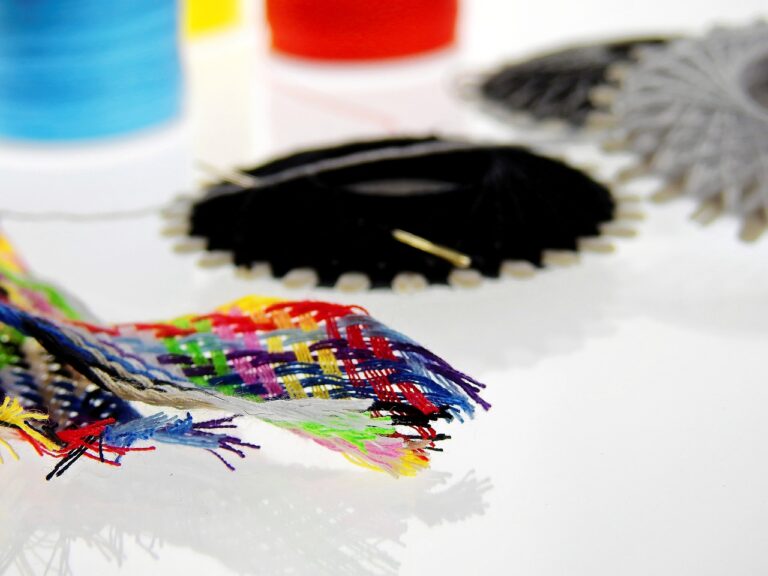The Psychology of Fashion: How Clothing Affects Mood
Color plays a crucial role in influencing our emotions and perceptions. Different colors have the power to evoke distinct feelings within us. For example, red is often associated with energy, passion, and intensity, while blue is known for its calming and soothing effect on the mind.
Furthermore, color psychology suggests that warm tones like yellow and orange can create feelings of happiness and warmth, while cooler shades such as green and purple may promote relaxation and creativity. Understanding the impact of colors on our emotions can help us make intentional choices in our surroundings and even in our wardrobe selections.
The Impact of Fabric Texture on Feelings
When selecting clothing, the texture of the fabric plays a crucial role in influencing our emotions. Soft fabrics such as cashmere and silk are often associated with feelings of comfort and luxury, evoking a sense of relaxation and elegance. In contrast, rough textures like denim or tweed can elicit feelings of ruggedness and durability, adding a touch of toughness to an outfit.
Moreover, the tactile experience of different fabric textures can also impact our mood and behavior. Research suggests that wearing smooth, silky fabrics can enhance feelings of confidence and self-assuredness, leading to a more positive outlook on the day ahead. On the other hand, rough textures may provoke a sense of edginess or resilience, empowering individuals to tackle challenges with a strong and assertive attitude.
How Clothing Choices Reflect Self-Perception
Clothing choices play a significant role in reflecting an individual’s self-perception. The colors, styles, and fit of garments all contribute to the image that a person presents to the world. For example, someone who consistently chooses to wear vibrant and bold colors may be perceived as confident and outgoing, while a person opting for neutral tones might be seen as more reserved and sophisticated.
Additionally, the type of clothing a person selects can also reflect their self-perception. Someone who prefers to wear casual and comfortable attire may embody a laid-back personality, while individuals who opt for professional and tailored clothing could be projecting a more serious and polished self-image. Overall, our clothing choices serve as a form of non-verbal communication, allowing others to make assumptions about our personality, lifestyle, and values based on the outfits we choose to wear.
• Clothing choices reflect an individual’s self-perception
• Colors, styles, and fit of garments contribute to the image presented to the world
• Vibrant and bold colors may convey confidence and outgoing personality
• Neutral tones might suggest reserved and sophisticated nature
• Type of clothing selected can also reflect self-perception
• Casual attire may indicate laid-back personality
• Professional clothing could project serious and polished self-image
• Clothing choices serve as non-verbal communication for others to make assumptions about personality, lifestyle, and values
How does the influence of color on emotions play a role in clothing choices?
Color can greatly impact our emotions and how we perceive ourselves. For example, wearing bright colors like red or yellow can evoke feelings of energy and confidence, while wearing darker colors like black or navy can convey a sense of sophistication and elegance.
Can the impact of fabric texture on feelings affect how we perceive ourselves?
Yes, the texture of clothing can also play a significant role in how we feel about ourselves. Soft fabrics like silk or cashmere may make us feel luxurious and pampered, while rougher textures like denim or leather can make us feel more rugged and tough.
How do clothing choices reflect self-perception?
Our clothing choices often reflect how we see ourselves and want to be seen by others. For example, someone who values professionalism may choose tailored suits and structured pieces, while someone who values creativity may opt for eclectic and unique clothing items. Ultimately, our clothing can be a reflection of our personality, values, and self-perception.







